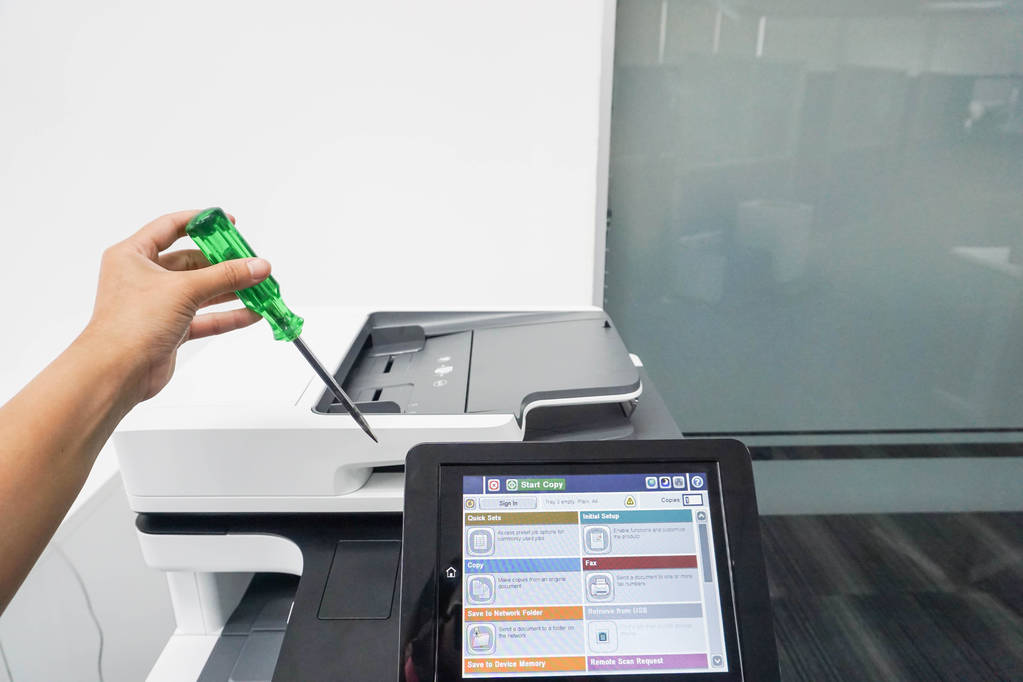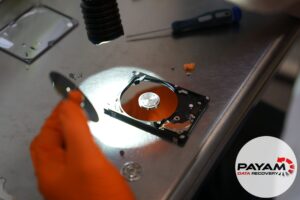
Printers have become an integral part of our daily lives, whether at home or in the office. They help us bring digital files to life in a tangible form. However, like any other electronic device, printers are not immune to problems and malfunctions. When your printer starts acting up, you face a decision: should you attempt DIY printer maintenance or call in the professionals? In this blog, we will explore the pros and cons of both approaches and help you determine when it’s best to seek expert assistance.
The Case for DIY Printer Maintenance
Cost-Effective
One of the primary reasons people opt for DIY printer maintenance is cost-effectiveness. Hiring a professional printer technician can be expensive, especially if your warranty has expired. By taking matters into your own hands, you can save on service fees and potentially extend the life of your printer without breaking the bank.
Learning Opportunity
DIY maintenance offers an excellent opportunity to learn more about your printer’s inner workings. You can gain valuable knowledge about how printers operate and develop troubleshooting skills. This knowledge can be handy for future issues and may even save you money in the long run.
Common Problems
Many printer issues are relatively simple and can be resolved with basic DIY maintenance. Common problems include paper jams, ink or toner cartridge replacements, and cleaning print heads. Online resources and user manuals can provide step-by-step instructions to address these issues without professional assistance.
Convenience
DIY maintenance can be more convenient for minor issues. You don’t need to wait for a technician to arrive or deal with the hassle of transporting your printer to a service centre. If the problem is minor and easily fixable, you can have your printer up and running in no time.

The Case for Professional Service
Complex Repairs
While DIY maintenance is suitable for minor issues, printers can develop complex problems that require specialised knowledge and equipment to fix. If you’re not experienced in printer repair, attempting to tackle a complicated issue may worsen the problem or even void your warranty. Professional technicians are trained to diagnose and repair complex printer issues effectively.
Warranty Considerations
If your printer is still under warranty, attempting DIY repairs may void the warranty. Manufacturers often stipulate that only authorised service providers can perform repairs without affecting the warranty coverage. To avoid this potential issue, it’s wise to consult the manufacturer’s warranty terms and conditions and seek professional service when necessary.
Time Savings
DIY printer maintenance can be time-consuming, especially if you’re not familiar with the printer’s internals. Troubleshooting, researching solutions, and performing repairs can eat up hours of your valuable time. On the other hand, professional technicians can quickly identify and fix problems, allowing you to focus on more important tasks.
Quality Assurance
Professional printer service providers have access to genuine replacement parts and the latest diagnostic tools. This ensures that any repairs are carried out with high-quality components, reducing the risk of recurring issues. DIY repairs may involve using aftermarket or subpar parts, which can compromise the printer’s performance and longevity.
When to Call in the Experts
Now that we’ve examined the advantages and disadvantages of both DIY printer maintenance and professional service, let’s discuss when it’s best to call in the experts:
1. Complex Hardware Issues
If your printer experiences complex hardware problems, such as a malfunctioning fuser unit, damaged rollers, or internal wiring issues, it’s advisable to seek professional service. Attempting to repair these issues without the necessary expertise and tools can lead to further damage.
2. Warranty Coverage
Always check your printer’s warranty terms and conditions. If your printer is still under warranty, it’s generally best to utilise authorised service providers to avoid voiding the warranty.
3. Lack of Technical Expertise
If you’re not confident in your ability to diagnose or repair printer problems correctly, it’s safer to leave it to the professionals. Attempting DIY maintenance when you’re unsure can result in costly mistakes.
4. Recurring Problems
If you’ve attempted DIY maintenance but continue to experience the same printer problems, it’s a sign that a deeper issue may be at play. Professional technicians can conduct a thorough diagnosis and address the root cause of the problem.
5. Time Sensitivity
In a busy office environment where time is of the essence, professional service can be a more efficient option. Technicians can quickly resolve printer issues, minimising downtime and disruptions.
6. Safety Concerns
Printer maintenance may involve electrical components and potentially hazardous materials like toner or ink. If you have safety concerns or are unsure about handling these aspects, it’s best to entrust the task to professionals who are trained in safe practices.

DIY printer maintenance and professional service each have their merits, but knowing when to choose one over the other is crucial. For simple issues and cost-conscious individuals, DIY maintenance can be a viable option. However, for complex problems, warranty considerations, and when time and expertise are at a premium, professional service is often the wiser choice.
Remember that regular printer maintenance, such as cleaning and replacing consumables, can prevent many problems from arising in the first place. Whether you choose the DIY route or opt for professional service, taking good care of your printer will extend its lifespan and ensure it continues to serve your printing needs efficiently.








